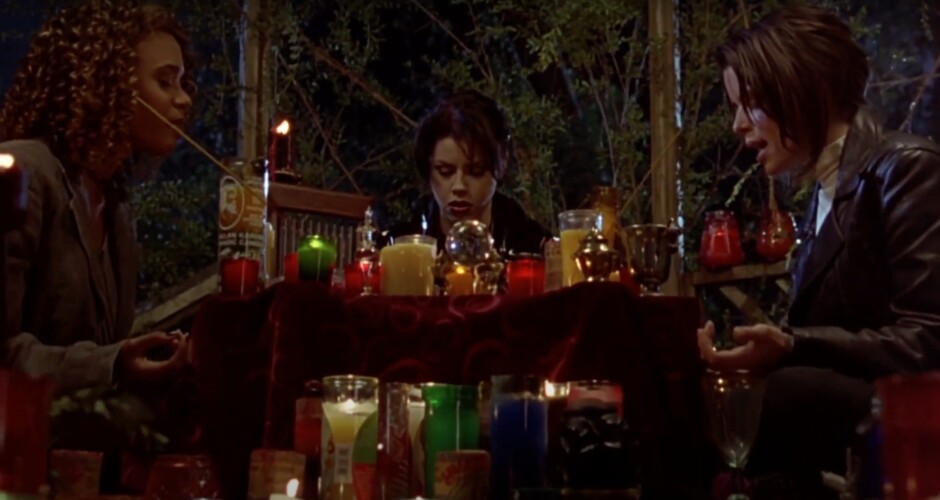“I have to be a witch. I have to be a teenager, and I have to be a girl all at the same time”: Policing femininity and class in 1990s Witch cinema and television.
This thesis details the policing of femininity and its use as a moral identifier within visual culture. It focuses on the use of a popular character whose rebranding as villain has been connected to containing the threat posed by its femininity: the Witch. Traditionally defined by their lower-class status, independence from traditional patriarchal structures, such as marriage and motherhood, and knowledge of folk healing, witches have challenged traditional power structured through time.
This research focuses on the United States of America in the 1990s, as well as, and perhaps most importantly, on a single adaptation of the witch; teenage witches, in particular Sabrina the Teenage Witch (1996-2003) and The Craft (1996). Utilising mainstream American teenage media entails looking at material available to extremely large international audiences due to the country’s soft power over the West. Furthermore, 1990s North America saw a renaissance of media portraying witches under a positive light. Earlier examples, such as Bewitched (1964-1972), adapted witchcraft to cinema and television specifically aimed at families and younger audiences, however only portraying adult characters.
Through an analysis of both the media productions and the literature surrounding feminism within cinema, as well as purity culture as a whole, this research highlights how witches present within these productions are stripped away from their negative connotations. This is a process defined by Douglas Ezzy as ‘white witchcraft’, turning them into feminist role models moving around the everyday spaces of middle-class American suburbia.
This research shows the intersectionality, or lack thereof, within the feminist messages portrayed within teenage witch media, highlighting the role magical powers play in augmenting or reducing the character’s agency to better understand their impact on the way young women are portrayed in modern visual culture and society as a whole.


